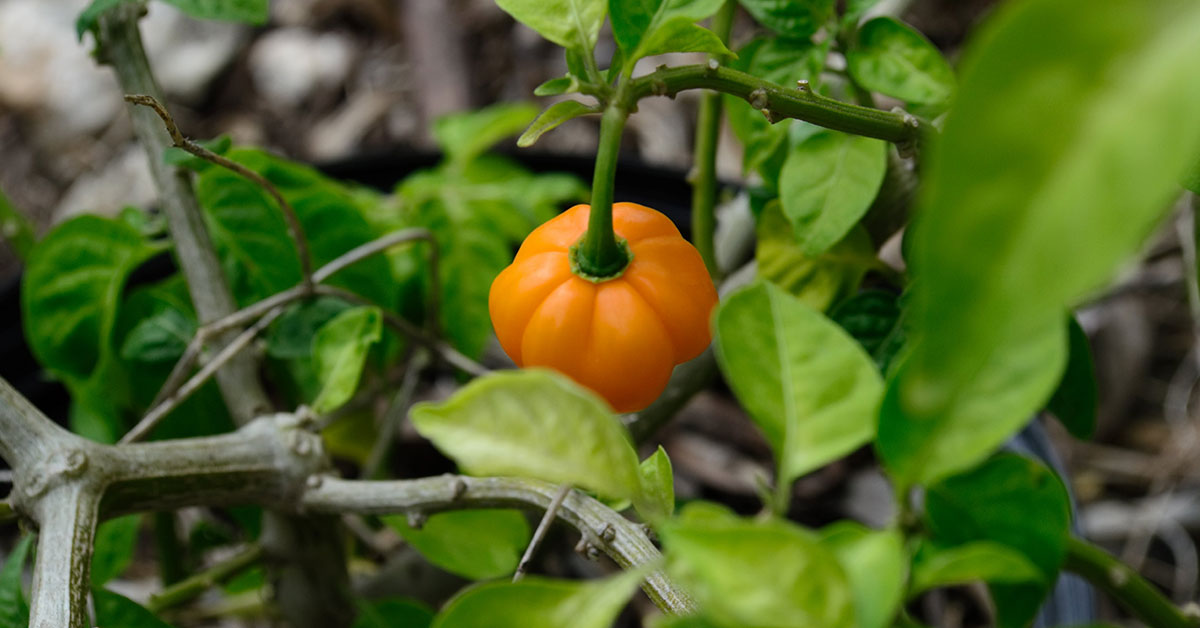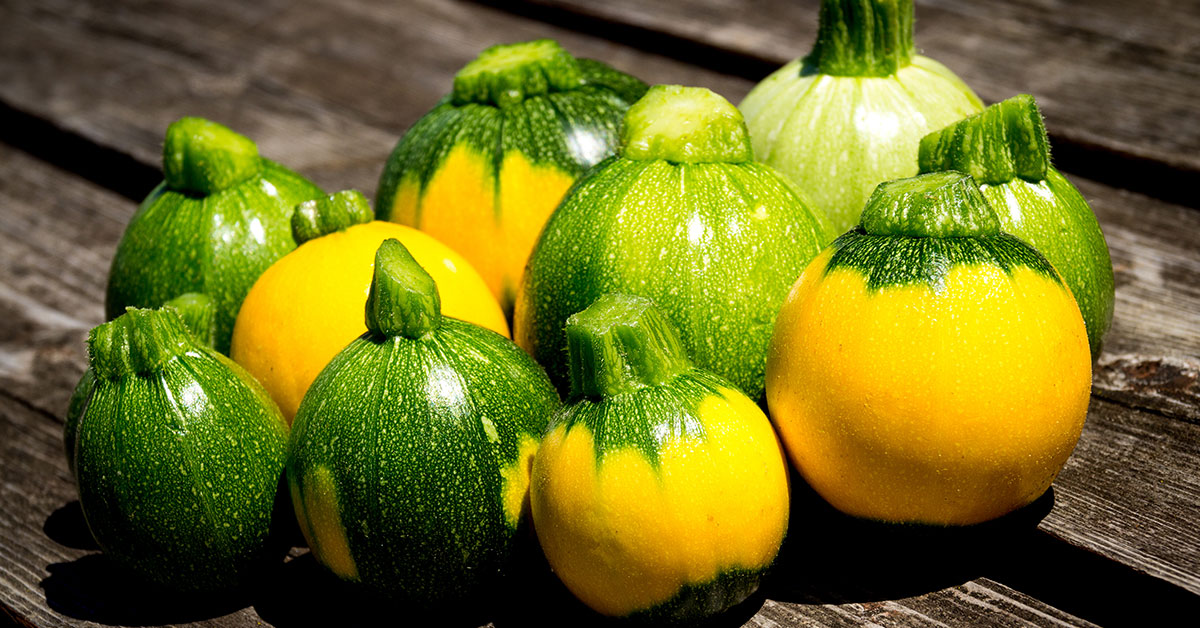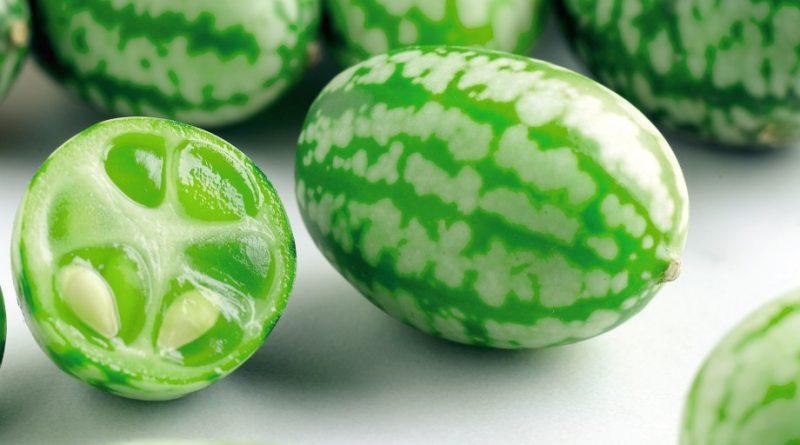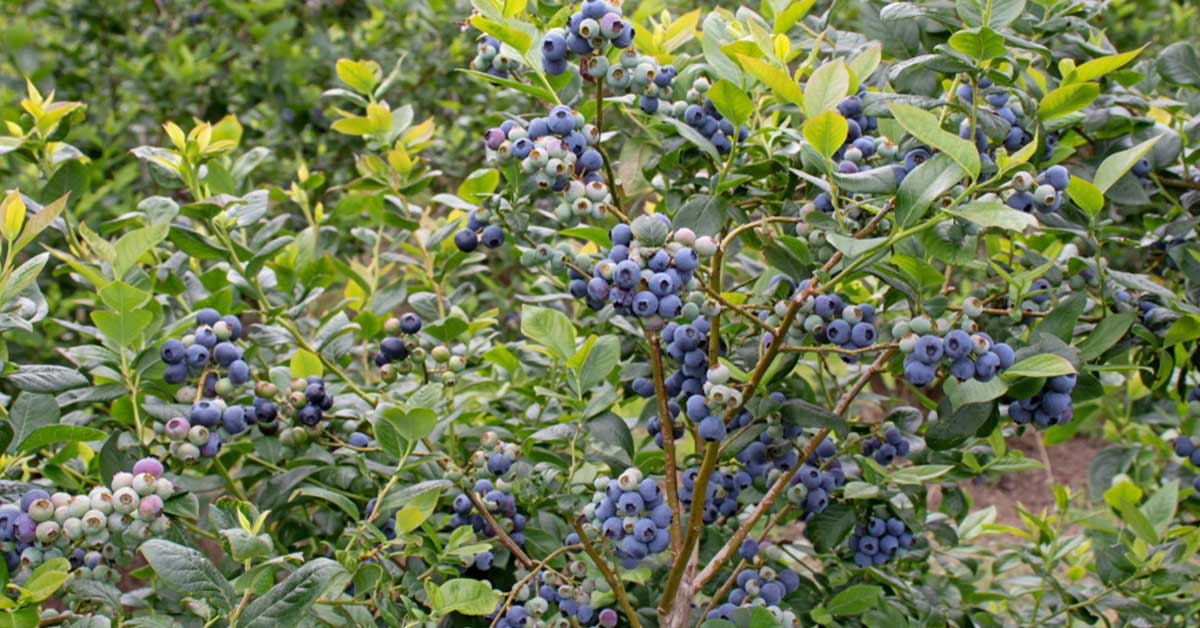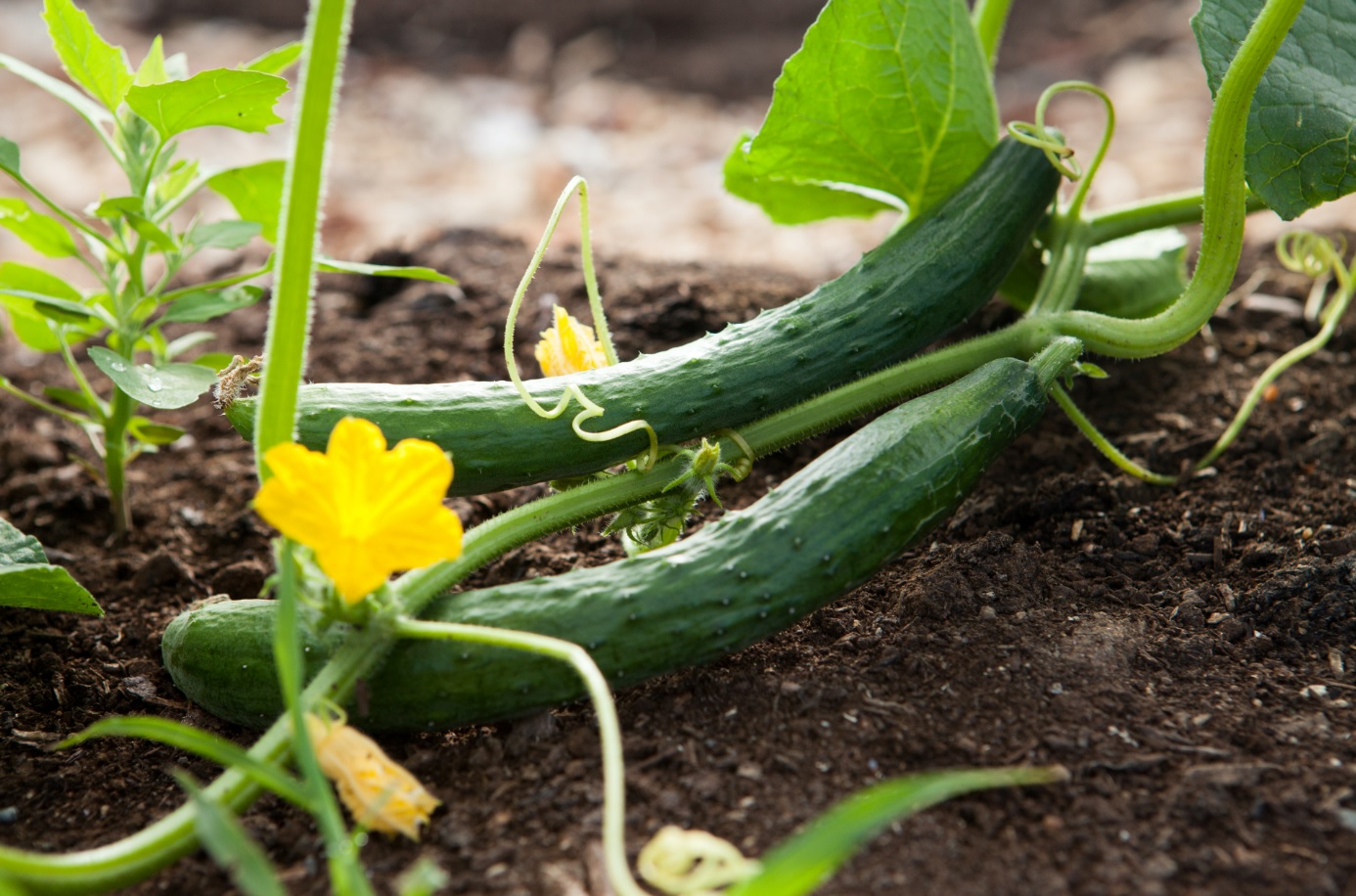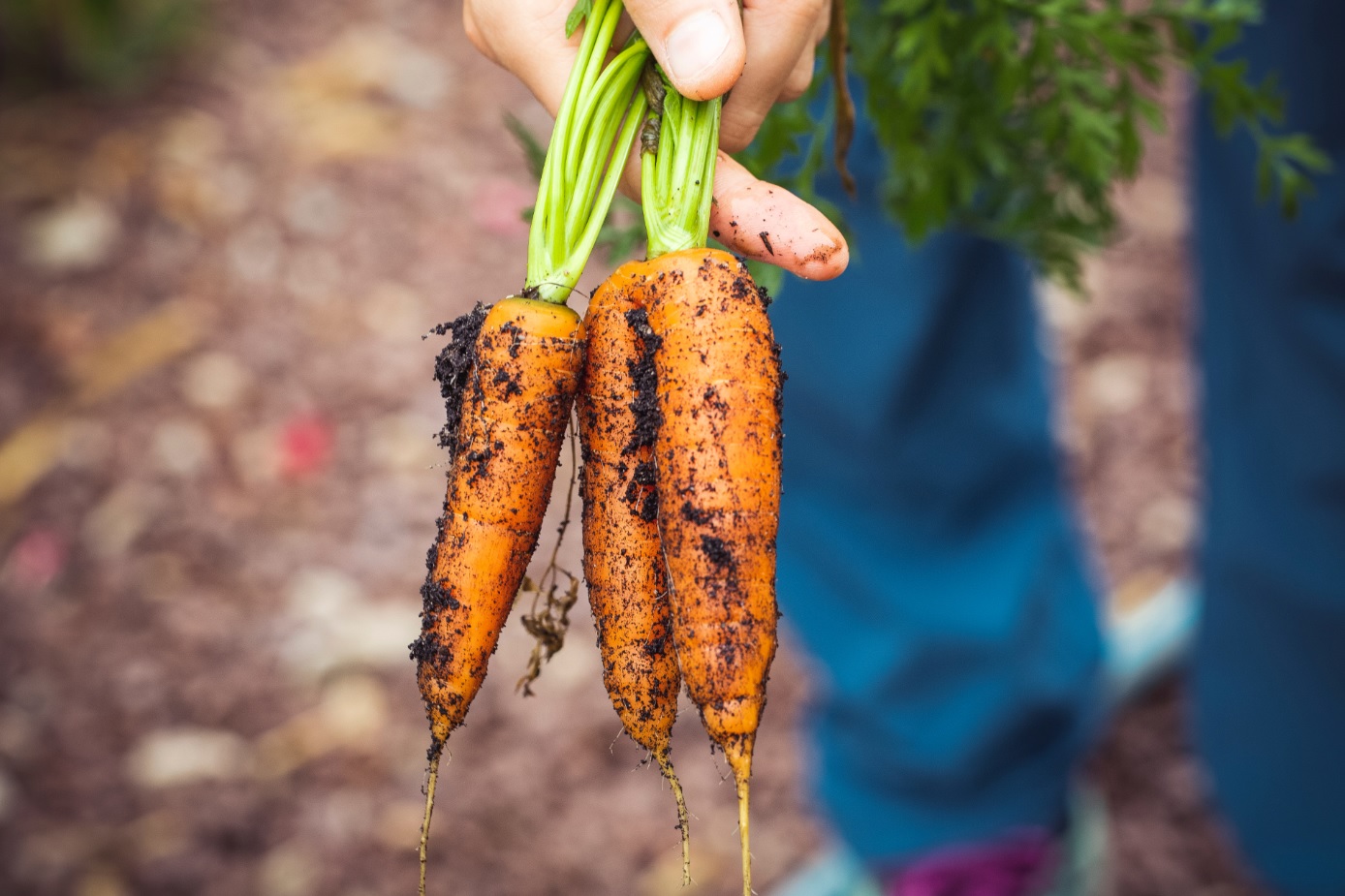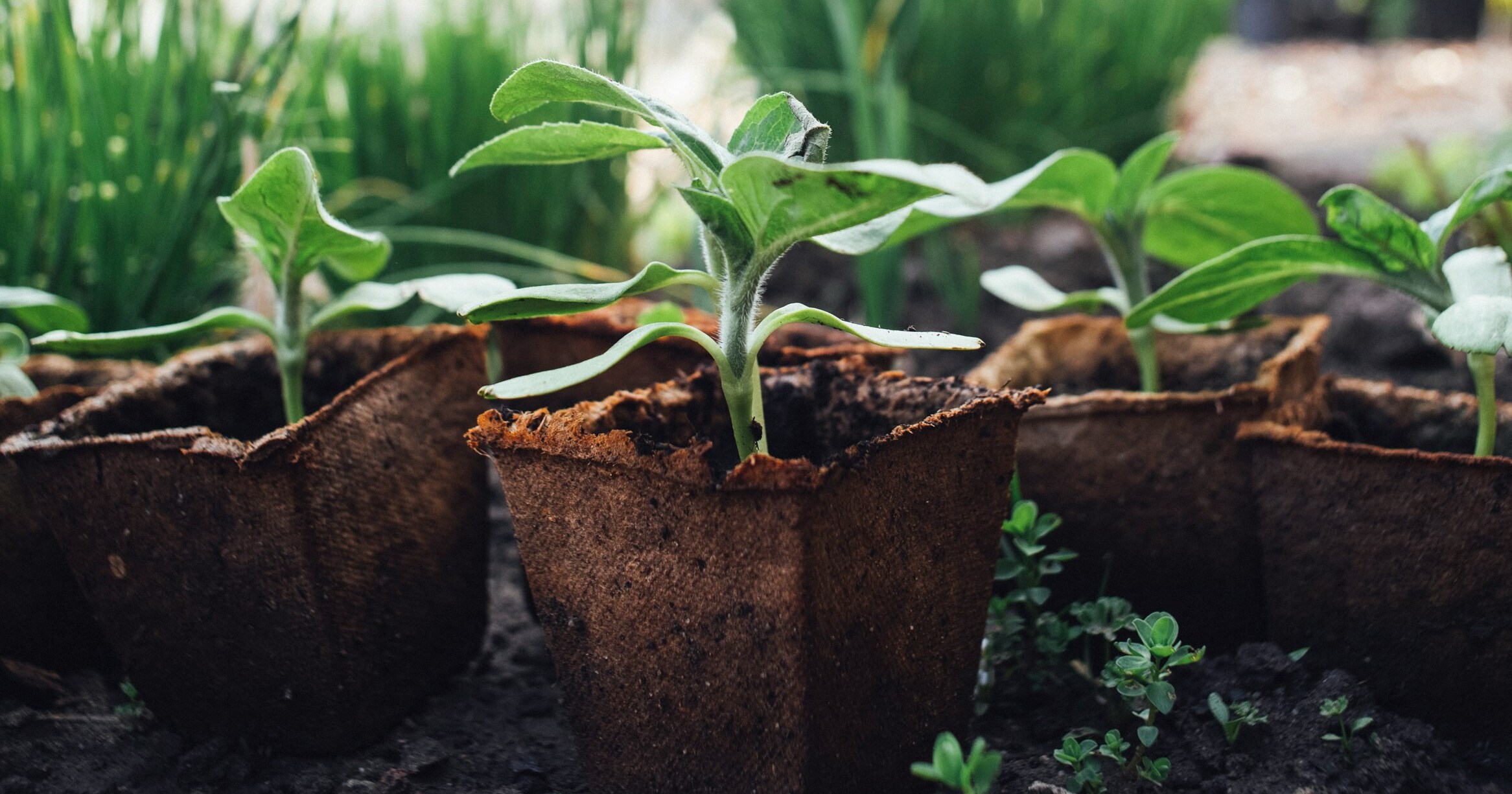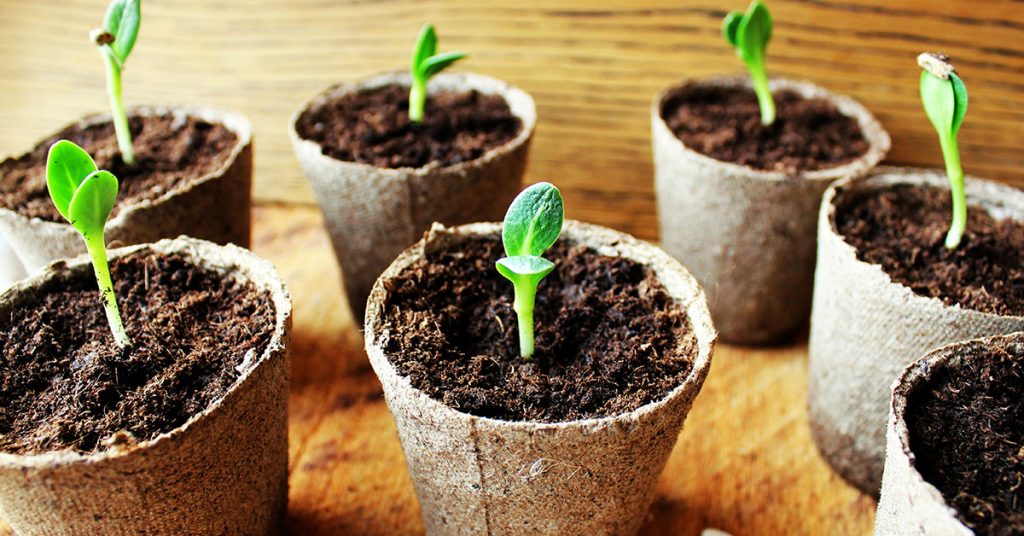The Scotch Bonnet pepper plant is a popular hot pepper that is widely grown for its fiery and fruity flavor. It is a member of the Capsicum chinense family and is native to the Caribbean islands, particularly Jamaica.
The plant produces small, round peppers that are green when young and turn to a bright red or yellow color when fully ripe. Known for its intense heat, the Scotch Bonnet pepper is a favorite among hot pepper enthusiasts and is commonly used in Caribbean cuisine to add a spicy kick to dishes. In this blog post, we will explore everything you need to know about growing and caring for the Scotch Bonnet pepper plant.
What is a Scotch Bonnet pepper?
Scotch Bonnet pepper plants are one of the most beloved and popular pepper varieties in the world. These plants are known for their small, fiery, and flavorful peppers that are commonly used in Caribbean cuisine. It is native to the Caribbean and is a member of the Capsicum chinense species.
The plant grows to a height of about 2-3 feet and produces fruit that is bright red, yellow, or orange in color. The peppers are small and round, measuring about 1-2 inches in diameter. They have a distinctive shape with a slightly flattened top and a wrinkled surface.
Scotch Bonnet pepper plants thrive in warm and humid climates and require well-drained soil. They are typically grown from seeds and can take up to 90 days to mature. Once the plant has reached maturity, it will continue to produce fruit for several months.
The Scotch Bonnet pepper plant is a popular ingredient in many Caribbean dishes, including jerk chicken, curry, and hot sauces. It is also used to add heat and flavor to soups, stews, and marinades. The peppers are incredibly hot and are rated between 100,000-350,000 on the Scoville scale, making them one of the hottest peppers in the world.
What do Scotch Bonnet peppers taste like?
The Scotch Bonnet pepper is a popular pepper plant known for its spicy and fruity flavor. The plant produces small, round, and wrinkled peppers that range in color from green to yellow and orange when ripe. The taste of this pepper is often described as sweet and fruity with a heat level that can range from mild to extremely hot.
The heat level of the Scotch Bonnet pepper is similar to that of the habanero pepper, but the flavor is different. While the habanero pepper has a citrusy and floral flavor, the Scotch Bonnet pepper plant has a more tropical and fruity taste. The heat of the pepper is not just a sensation in the mouth, but it also produces a warming feeling in the throat and stomach.
The flavor of the Scotch Bonnet pepper plant is often used in Caribbean and African dishes, where it adds a unique taste to stews, soups, and sauces. It is also used in marinades for meats and seafood, adding both flavor and heat to the dish.
Overall, the Scotch Bonnet pepper plant has a distinct flavor that is loved by many, but it is not for the faint of heart. If you enjoy spicy foods and are looking to add some flavor to your dishes, the Scotch Bonnet pepper plant is definitely worth a try!
How to start Scotch Bonnet pepper seeds
Starting your own Scotch Bonnet pepper plant from seed is an easy and cost-effective way to enjoy this deliciously spicy pepper. Here are the steps to get started:
- Gather your materials: You will need Scotch Bonnet pepper seeds, seed starting soil, seed trays or small pots, and a warm, sunny spot to place your seeds.
- Prepare your soil: Fill your seed trays or small pots with seed starting soil. Moisten the soil with water, but do not make it too wet.
- Plant your seeds: Plant your seeds about 1/4 inch deep in the soil. Cover the seeds with a thin layer of soil.
- Provide warmth and light: Place your seed trays or pots in a warm spot where the temperature is around 75-85°F. You can also use a seedling heat mat to provide consistent warmth. Make sure your seeds get plenty of light, either natural or artificial.
- Water your seeds: Keep the soil moist but not too wet. Water your seeds regularly, but do not let the soil dry out completely.
- Wait for germination: The seeds typically take 7-14 days to germinate. Keep an eye on your seeds and once they start to sprout, you can move them to a sunnier spot.
- Transplant your seedlings: Once your Scotch Bonnet pepper seedlings have grown a few inches tall and have developed their first true leaves, they are ready to be transplanted into larger pots or outdoors.
Starting your own Scotch Bonnet pepper plant from seed is a fun and rewarding process. With a little patience and care, you can enjoy a bountiful harvest of these deliciously spicy peppers.
How to grow Scotch Bonnet pepper plants
Growing your own Scotch Bonnet pepper plant is not only a fun and rewarding experience, but it also allows you to have a fresh supply of this deliciously spicy pepper on hand whenever you want it. Here are some tips on how to grow your own Scotch Bonnet pepper plant:
- Choose the right location: These plants thrive in warm and sunny conditions, so it’s important to choose a location that gets at least six hours of direct sunlight each day. The soil should also be well-draining and rich in nutrients.
- Start with quality seeds: You can either purchase Scotch Bonnet pepper seeds from a local nursery or online, or you can save seeds from peppers you’ve purchased at the grocery store. Make sure the seeds are fresh and healthy.
- Start seeds indoors: It’s best to start your seeds indoors about 8-10 weeks before the last frost date in your area. Plant the seeds in small pots filled with a seed-starting mix and keep them in a warm, sunny location. Keep the soil moist but not waterlogged.
- Transplant outdoors: Once the seedlings have grown to about 6-8 inches tall and the weather has warmed up, it’s time to transplant them outdoors. Choose a spot in your garden with plenty of sun and well-draining soil. Dig a hole slightly larger than the root ball of the seedling and gently plant it in the ground. Water well.
- Provide support: Scotch Bonnet pepper plants can grow quite tall and may need support to keep them from falling over. You can use stakes or cages to support the plants as they grow.
- Water and fertilize: Keep your Scotch Bonnet pepper plants well-watered and fertilized throughout the growing season. Use a balanced fertilizer every two weeks or so to provide the plants with the nutrients they need to grow strong and healthy.
By following these simple steps, you can grow your own delicious Scotch Bonnet peppers right in your own backyard!
When to harvest Scotch Bonnet peppers
Scotch Bonnet pepper is one of the hottest peppers in the world, and it is known for its fruity and spicy flavor. It is a popular ingredient in Caribbean cuisine, and it is also used to make hot sauces and marinades. If you have grown Scotch Bonnet peppers in your garden, you might be wondering when and how to harvest them. Here are some tips to help you get the most out of your plant.
Scotch Bonnet peppers take about 90 to 100 days to mature from the time of planting. The peppers will start to turn from green to yellow or red when they are mature. The color of the pepper depends on the variety you planted. The mature peppers are ready for harvest. If you wait too long to harvest them, they will become too ripe and will start to rot.
The best time to harvest Scotch Bonnet peppers is in the morning when the temperature is cooler. The cooler temperatures will help preserve the flavor and heat of the pepper. If you harvest the peppers in the afternoon when the temperature is high, the peppers will lose some of their heat.
When harvesting Scotch Bonnet peppers, it is essential to wear gloves. The oils in the pepper can cause a burning sensation on your skin, and it can be very painful. Use a pair of scissors or pruning shears to cut the stem of the pepper from the plant. Do not pull the pepper off the plant; it can damage the plant and reduce the yield.
After harvesting the peppers, wash them in cold water and dry them with a clean towel. You can store the peppers in a paper bag or a plastic container with a lid in the refrigerator. The peppers will stay fresh for up to two weeks.
